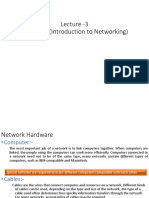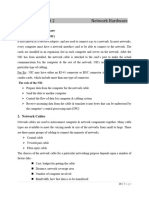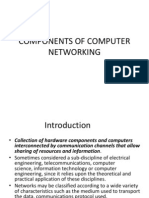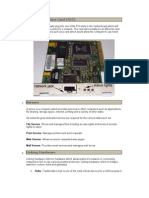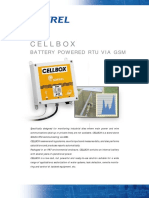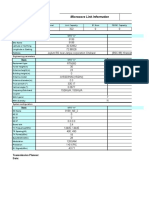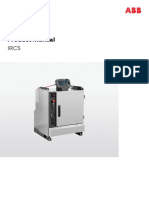0% found this document useful (0 votes)
75 views50 pagesIntroduction To Networking Devices: S. S Jain Subodh P.G. (Autonomous) College S. S Jain Subodh P.G. (Autonomous) College
This document provides an introduction to networking devices and components. It discusses basic computer components like monitors, keyboards, and mice. It also describes network components such as servers that provide centralized resources, clients that request services, and workstations that operate independently. The document outlines different types of cabling and networking devices that provide connectivity, including network interface cards, hubs, switches, bridges, and routers. It explains the functionality of these components in establishing and managing connections between devices on a computer network.
Uploaded by
Ajit RaikwarCopyright
© © All Rights Reserved
We take content rights seriously. If you suspect this is your content, claim it here.
Available Formats
Download as PDF, TXT or read online on Scribd
0% found this document useful (0 votes)
75 views50 pagesIntroduction To Networking Devices: S. S Jain Subodh P.G. (Autonomous) College S. S Jain Subodh P.G. (Autonomous) College
This document provides an introduction to networking devices and components. It discusses basic computer components like monitors, keyboards, and mice. It also describes network components such as servers that provide centralized resources, clients that request services, and workstations that operate independently. The document outlines different types of cabling and networking devices that provide connectivity, including network interface cards, hubs, switches, bridges, and routers. It explains the functionality of these components in establishing and managing connections between devices on a computer network.
Uploaded by
Ajit RaikwarCopyright
© © All Rights Reserved
We take content rights seriously. If you suspect this is your content, claim it here.
Available Formats
Download as PDF, TXT or read online on Scribd
/ 50

